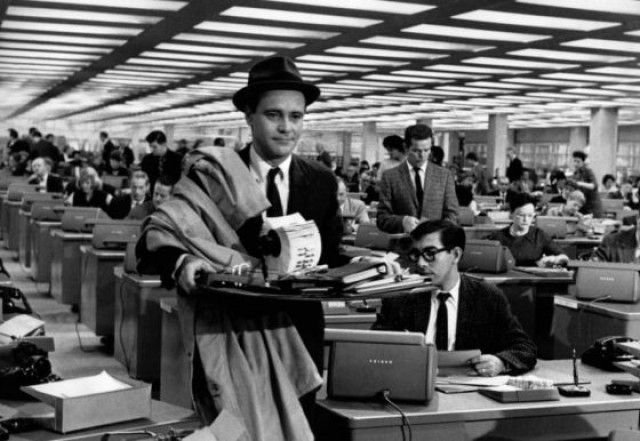What he says about us, the place where we work

We spent the bulk of our days in the workplace. The office is the nervous system in our knowledge society. But to be the backbone of the existence of the average human, not to mention the cathedral for work fans, we generally pay very little attention to the path that has brought us to a cubicle in front of a screen and a spreadsheet for a whole day. labor. How we have gone from manual work in series to the contemporary office. This is the story that Cubed tells: A secret history of the workplace (Translated as The cubicle: Secret history of the workplace), a new book in which Nikil Saval explains the evolution of the office by dwelling on its architectural and cultural milestones , from the scribe's desk to the cubicle.
"The offices were born as humid caverns, with towers of overcrowded archives everywhere as if they were dark stalagmites, but in the fifties they began to become clean and dazzlingly illuminated places," Saval warns. The reasons are not as obvious as the hygienic. The author's thesis delves deeper into the utopia of the search for the optimal workplace over the years.
Escribe tu comentario